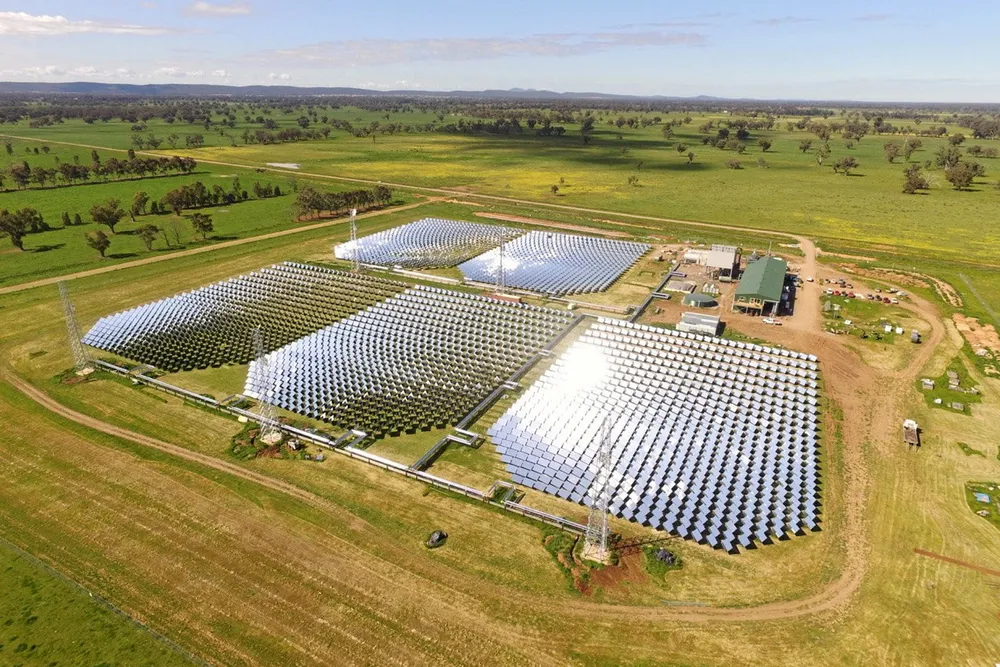Hydrogen subsidies | Australian solar-to-methanol project secures €24m grant — with half coming from Germany
Plant would be co-located with planned concentrated solar thermal power installation with methanol marketed in Australia

Plant would be co-located with planned concentrated solar thermal power installation with methanol marketed in Australia
